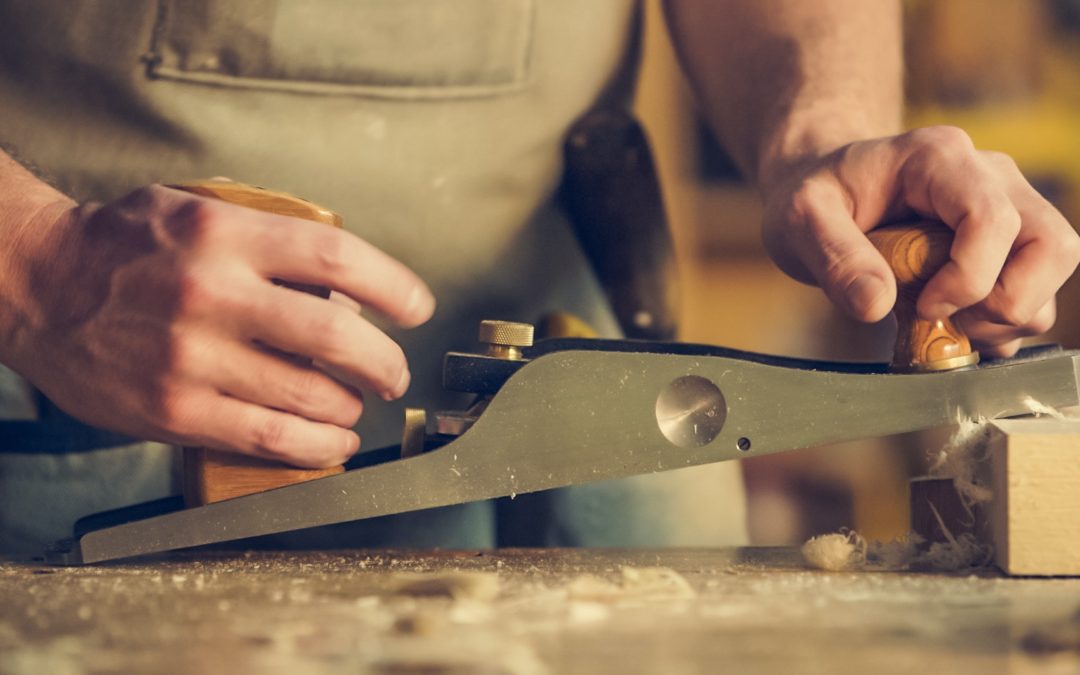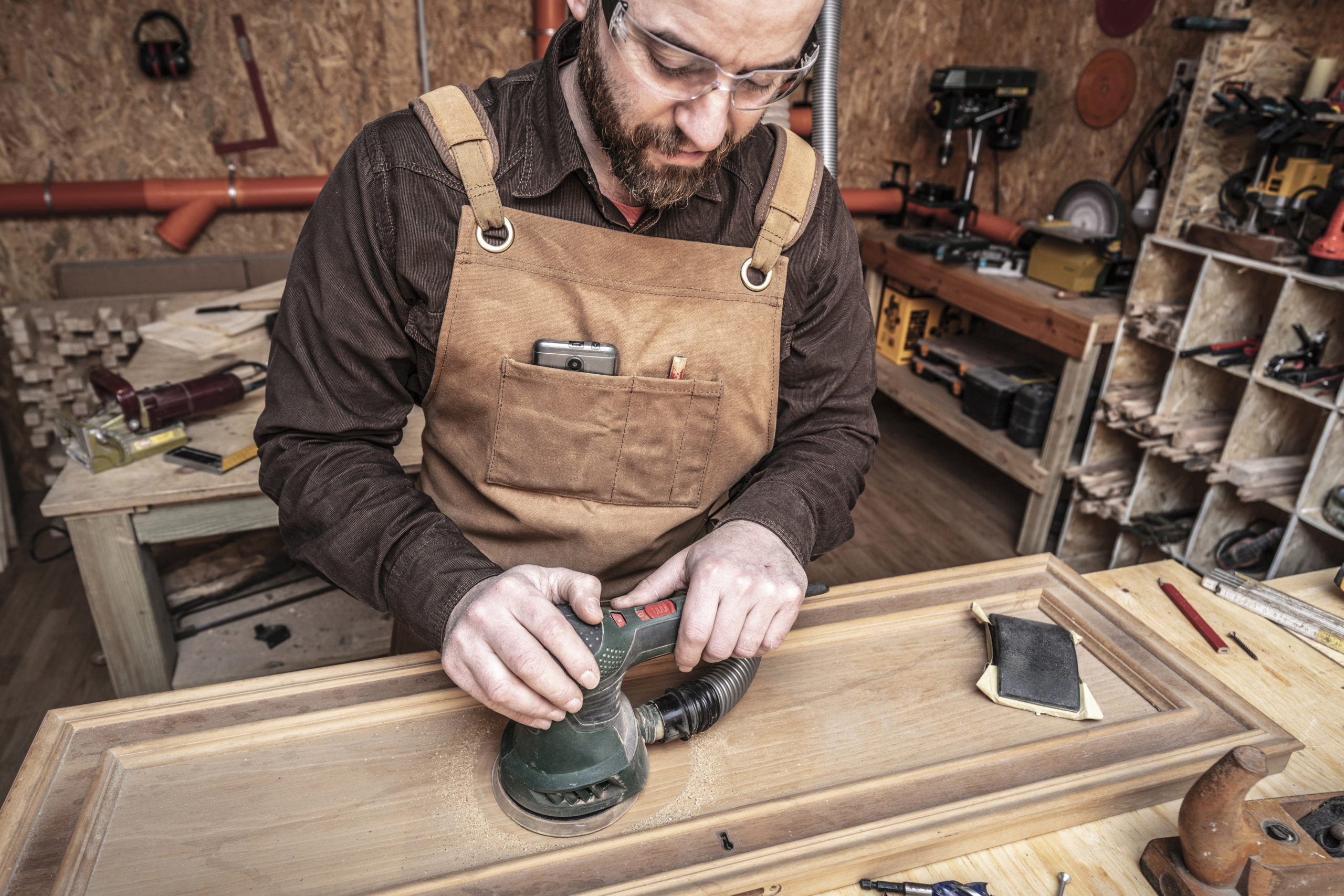A saw can either be a power tool or a hand tool. It is a tool used to cut wood, and it usually has a disk, a blade or a jagged cutting edge. There are various types of saws. These include mitre saw, band saw, chain saw, hacksaw, jigsaw, and table saw.
It is essential to maintain your saw as doing so increases the saw’s blade life and ensures the saw works efficiently, which increases work productivity. Discussed are tips on how one can properly care for different types of craftsman saw.
Table Saw
A table saw is also known as a bench saw. Table saws can either have a rip blade, a crosscut blade, combination blades and carbide-tipped blade. It primarily cuts human-made boards and solid wood. It is efficient, quick and safe to use. A table saw is used for ripping, crosscutting, bevel cuts, cutting grooves, and robbets, cutting joints, and kerfing.
For your safety and for a table saw to stay in good condition, you need to maintain it frequently. Listed below is how you can properly maintain your table saw to make your work easy and ensure you can make precise cuts.
- Always use warm water and a mild detergent like dish-washing liquid, to clean the plastic bits. Avoid harsh chemicals as they can damage the saw.
- When cleaning the tabletop, use a ball of fine steel wool and oil-based light lubricant as they will get rid of the gum buildup.
- For the adjustment mechanisms to operate smoothly, lubricate the pivot points and gears using a drying spray lubricant.
- Use a gum and pitch remover to clean the cutting blades.
- Clean the sawdust accumulated in the adjustment controls, saw cabinet, motor, and gears.
- Use paste wax or automotive wax to polish the front fence, tabletop, and rip fence guide.
Mitre Saw
One can make cuts from various angles when using a mitre saw. A mitre saw can be used to make cuts for picture frames, window casings, crown moulding, and door frames. It can make angled cuts, regular crosscuts, and bevel and compound angle cuts. A mitre saw is also convenient for use in DIY projects. It is easy to use, efficient and makes precise cuts.
If you are a craftsman, then a mitre saw is probably one of your favourite tools. For a mitre saw to last longer and make quality cuts, it needs regular maintenance. Luckily maintaining a mitre saw is a simple task. Listed below are tips on properly caring for your mitre saw.
- Sharpen and clean the blades as they enhance your saw’s functionality. Put on thick gloves or use a brush to clean the blades’ debris to ensure you do not hurt yourself. Always use the appropriate tools to sharpen your blades to prevent them from getting damaged.
- Inspect cracks, chipping, breakages, and crumbling on the brushes. Ensure there are no cuts or cracks on the power cord and replace any worn out parts.
- Lubricate the moving parts of your mitre saw to reduce friction and improve their functionality. Doing this will enhance the parts’ longevity.
- Clean the mitre saw fence and cutting table using a sponge. While at it, make sure you remove any dust particles that could be on the surface.
- Please get rid of the dust particles and debris by using compressed air to blow them off the surface. Use a rag to clean the miter saw to give it that new look.
Band Saw
A band saw is quite versatile. It can be used to cut curves, cut irregular shapes, and resawing lumber into thinner slabs. With the right blade, a band saw can cut materials like metal. A band saw makes smooth cuts. Band saws have a variety of options when it comes to the types of blades.
One can choose a blade depending on the task they have at hand. Hook tooth blades are best for hardwood, plastics, and harder non-ferrous metals. Skip tooth blades are best used with soft non-ferrous metals. Raker-set and wavy tooth blades are best for cutting ferrous metal.
To keep your band saw in good condition, you can employ the following listed tips.
- Unplug your band saw, then use an air compressor to blow off debris and sawdust from the band saw.
- Get rid of rust from your band saw using steel wool, which has been dipped in liquid rust remover, to rub the tabletop. Always use a clean cloth to clean carbon dust and dirt from the table. Avoid using solvents as they can potentially damage your band saw.
- Clean your blade using a liquid rust remover.
- Take the blade off and clean the parts that hold it like the band’s pitch and wheels saw.
Chainsaw
Chainsaws are used by different people like firefighters, construction workers, and homeowners. Chainsaws can be used for more than just cutting wood. A chainsaw can be used with wood for tree felling, limbing, bucking, pruning, and firebreaks. Chainsaws can also be used in cutting bricks, metal pipes, diamonds, and concrete. There are different chainsaws for different tasks. For instance, a regular chainsaw cannot be used to cut diamonds. A special chainsaw is used to cut diamonds.
Like every other kind of saw, one needs to regularly maintain their chainsaw to ensure that it stays in the right working conditions and lasts longer. Listed below are maintenance tips for your chainsaw.
- Always monitor the safety features such as the chain brake, ensure that it is still clean and that the chain catcher has no damage. If the chain catcher is damaged, make sure you immediately replace it.
- Ensure that your chainsaw’s air filter is clean and dry before using it. Make sure you replace it if it is excessively dirty or damaged.
- Have your starter serviced in case of damage, and always the recoil spring functions correctly.
- Lubricating your clutch will enhance your chainsaw’s performance and prolong its life.
- Check your anti-vibration to ensure they are not torn or getting too soft.
- Cleaning the chainsaw’s cooling fins ensures there is proper cooling and heat distribution.
- Clean the outside of the carburetor and ensure the fuel filter is clean. Clean the inside of the fuel tank to get rid of any gunky residue. Get a replacement if one is necessary.
- Always inspect all your plugs, wiring, and cables to ensure everything is well connected.
Hacksaw
Hacksaws were primarily made to cut metals. They can, however, be used to cut other materials such as wood and plastics. Different types of hacksaws use different kinds of blades, a regular, raker, or wavy blade. Hacksaws have either an adjustable or fixed frame. A hacksaw is best used to cut thin materials and is mostly used for either industry or household work purposes. Electricians and plumbers tend to use hacksaws the most to help them cut plastic conduit and plastic pipes.
Hacksaws are generally easy to use and maintain. Listed below are tips for maintaining a hacksaw.
- Before using your hacksaw, always ensure that the blade is clean. You can apply light oil to the blade to restrain the blade from overheating or getting damaged.
- Use the blade to cut appropriate materials to avoid damaging it.
- Make sure the frame is aligned correctly, and the blade is kept rigid and firm.
- When cutting materials, use slow, steady, and strong strokes and ensure that they are not directed towards you.
- Replace blades when the tooth wears off.
- Store in the right place after using.
- Use the appropriate type of blade.
Jigsaw
Jigsaws are best used to cut complex shapes and curves. They are not appropriate to use if you intend to make long, straight, and fast cuts. Jigsaws can also be used in cutting steel, drywall, and fiberglass.
They are portable power tools, making them convenient to have if one intends to get their work done fast. It is easy to change the blades on a jigsaw.
Jigsaws can also be cordless and are quite slim and lightweight, which makes them convenient to use. It is essential to care for your jigsaw correctly. You can employ the following tips to care for your jigsaw to ensure it works efficiently and stays accurate.
- If your jigsaw is electric-powered, always check the power cord condition before using it. Do not use it if the cord is frayed as it is unsafe.
- Ensure you do not drop your jigsaw as this may affect how it works should the baseplate be damaged or bent. In case you drop it by accident, ensure you replace the shoe if it is misshapen severely or flatten it if the damage is minor.
- Regularly lubricate the blade roller guide using oil to ensure it does not get jammed when operating it.
- To prevent your jigsaw from overheating while using it, ensure that its ventilation slots are free from debris and dust.
- Ensure that the handle is always dry, clean, and free of grease or oil before and after using your jigsaw.
- Use mild soap and damp cloth to get rid of any dirt on the jigsaw’s body.
- Ensure that the blade guide is free and clean from dust-build up.
- Use a brush to get rid of the grime as it can affect the jigsaw’s accuracy.
- Store your jigsaw in a safe place away from moisture.
- Replace the carbon brushes in your jigsaw as they get worn out over time.
- Recharge your battery.
Various saws require different maintenance tips. The above listed are a few types of saw and how they can be appropriately cared for. Ensure you read the manual that comes with your saw to ensure that you properly care for it to enhance its longevity and functionality.


